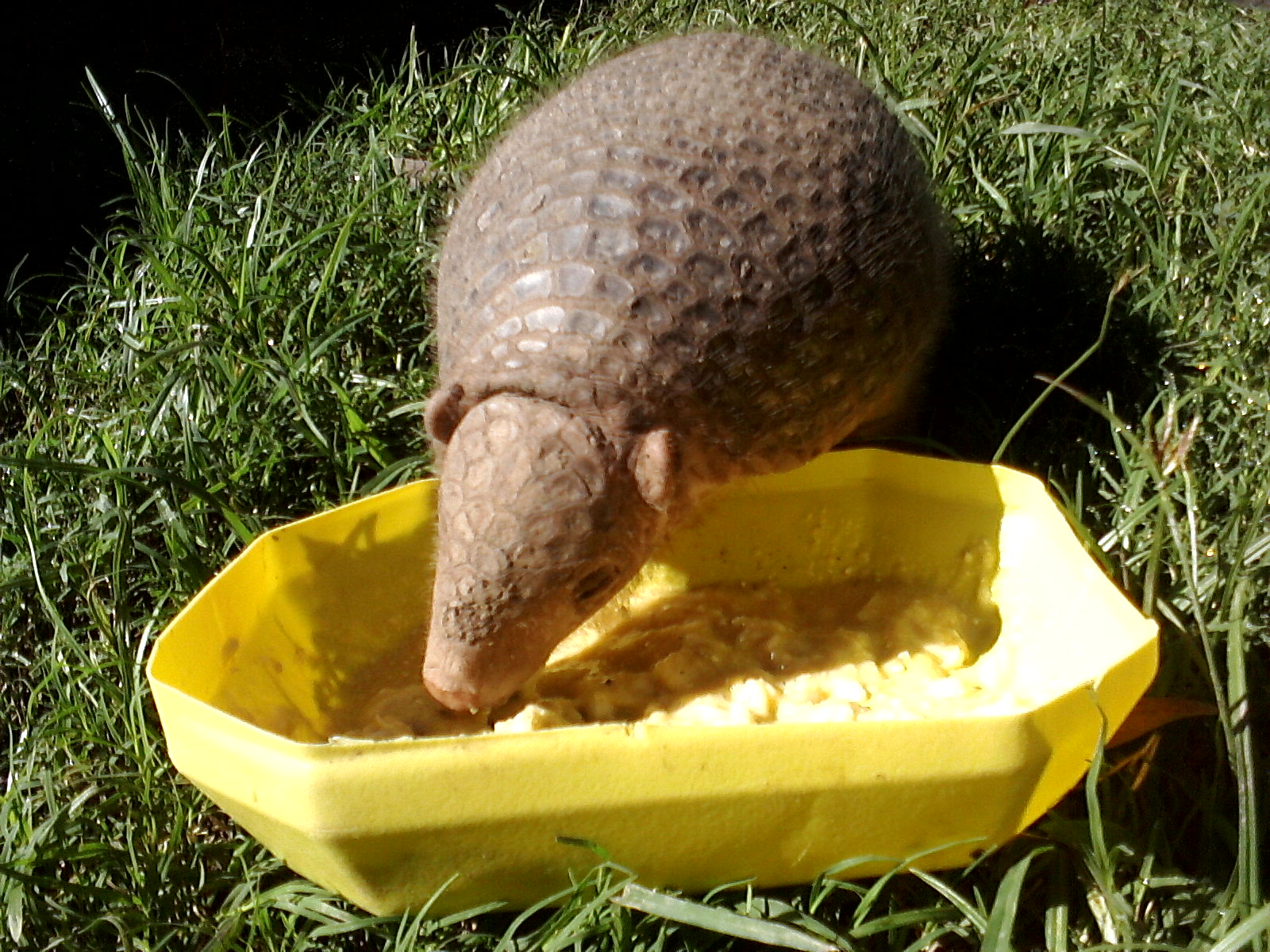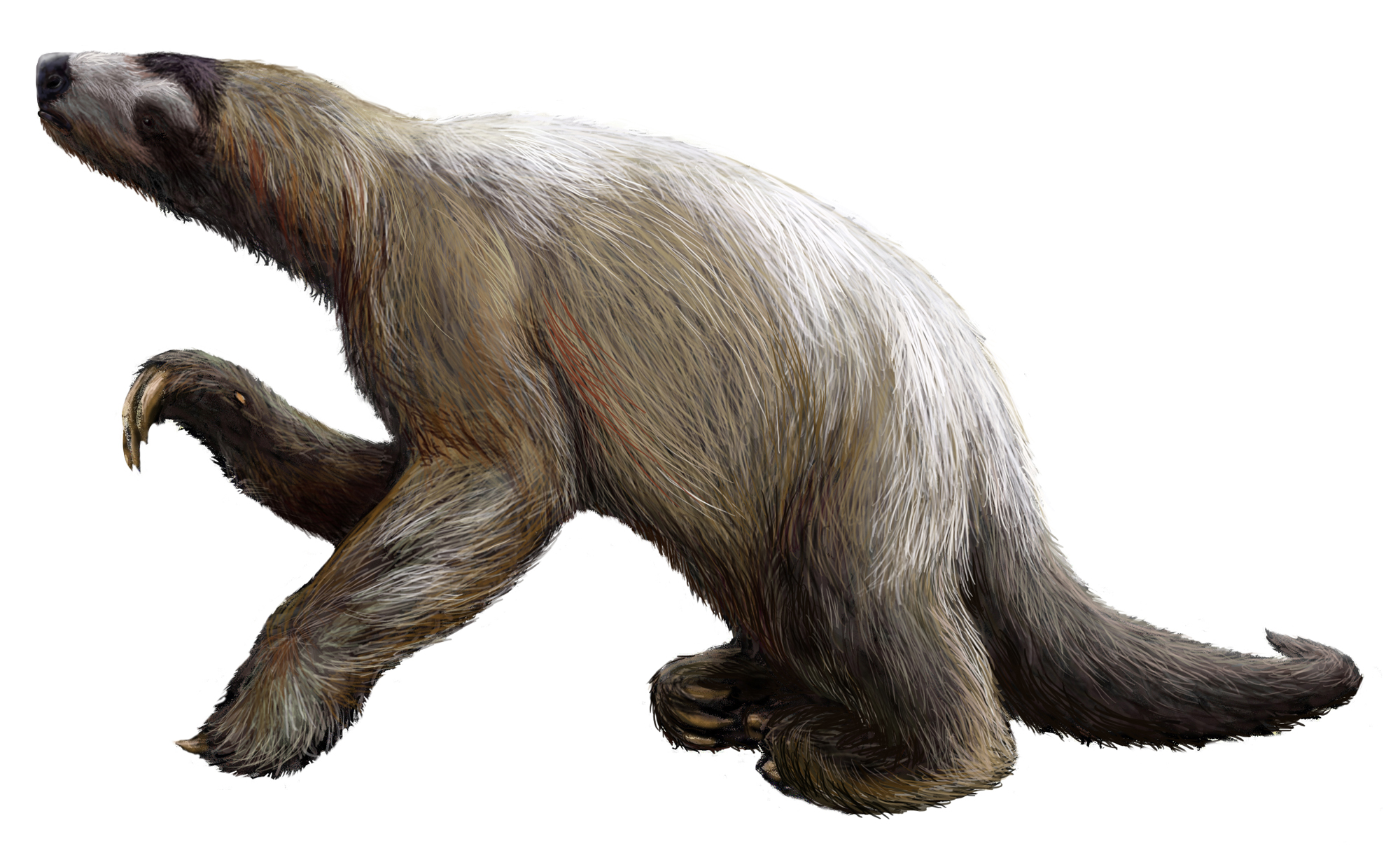|
List Of Mammals Of French Guiana
This is a list of the mammal species recorded in French Guiana. There are 176 mammal species in French Guiana, of which one is critically endangered, two are endangered, six are vulnerable, and four are near threatened. The following tags are used to highlight each species' conservation status as assessed by the International Union for Conservation of Nature: Some species were assessed using an earlier set of criteria. Species assessed using this system have the following instead of near threatened and least concern categories: Subclass: Theria Infraclass: Eutheria Order: Sirenia (manatees and dugongs) ---- Sirenia is an order of fully aquatic, herbivorous mammals that inhabit rivers, estuaries, coastal marine waters, swamps, and marine wetlands. All four species are endangered. *Family: Trichechidae **Genus: ''Trichechus'' *** West Indian manatee, ''T. manatus'' Order: Cingulata (armadillos) ---- The armadillos are small mammals with a bony armored shell. They are n ... [...More Info...] [...Related Items...] OR: [Wikipedia] [Google] [Baidu] |
French Guiana
French Guiana ( or ; french: link=no, Guyane ; gcr, label=French Guianese Creole, Lagwiyann ) is an overseas departments and regions of France, overseas department/region and single territorial collectivity of France on the northern Atlantic Ocean, Atlantic coast of South America in the Guianas. It borders Brazil to the east and south and Suriname to the west. With a land area of , French Guiana is the second-largest Regions of France, region of France (more than one-seventh the size of Metropolitan France) and the largest Special member state territories and the European Union, outermost region within the European Union. It has a very low population density, with only . (Its population is less than that of Metropolitan France.) Half of its 294,436 inhabitants in 2022 lived in the metropolitan area of Cayenne, its Prefectures in France, capital. 98.9% of the land territory of French Guiana is covered by forests, a large part of which is Old-growth forest, primeval Tropical r ... [...More Info...] [...Related Items...] OR: [Wikipedia] [Google] [Baidu] |
Cabassous
''Cabassous'' is a genus of South and Central American armadillos. The name is the Latinised form of the Kalini word for "armadillo". Cladogram of living ''Cabassous'' The genus contains the following four species In biology, a species is the basic unit of classification and a taxonomic rank of an organism, as well as a unit of biodiversity. A species is often defined as the largest group of organisms in which any two individuals of the appropriate s ...: References Armadillos Mammal genera Taxonomy articles created by Polbot {{mammal-stub ... [...More Info...] [...Related Items...] OR: [Wikipedia] [Google] [Baidu] |
Pale-throated Three-toed Sloth
The pale-throated sloth (''Bradypus tridactylus''), occasionally known as the ai (), is a species of three-toed sloth that inhabits tropical rainforests in northern South America. It is similar in appearance to, and often confused with, the brown-throated sloth, which has a much wider distribution. Genetic evidence has been interpreted to suggest the two species diverged only around 400,000 years ago, although the most recent evidence indicates the split was closer to 6 million years. Description Pale-throated sloths have a rounded head with a blunt nose and small external ears. The limbs are long and weak, with the arms being nearly twice the length of the hindlimbs. The hands and feet each have three digits, armed with long, arched claws, with the middle claw being the largest and most powerful. Males are in head-body length, with a short, , tail, and weigh from . However, the females are noticeably larger, being from in length, and weighing . The body is covered with coars ... [...More Info...] [...Related Items...] OR: [Wikipedia] [Google] [Baidu] |
Folivora
Sloths are a group of Neotropical xenarthran mammals constituting the suborder Folivora, including the extant arboreal tree sloths and extinct terrestrial ground sloths. Noted for their slowness of movement, tree sloths spend most of their lives hanging upside down in the trees of the tropical rainforests of South America and Central America. Sloths are considered to be most closely related to anteaters, together making up the xenarthran order Pilosa. There are six extant sloth species in two genera – '' Bradypus'' (three–toed sloths) and '' Choloepus'' (two–toed sloths). Despite this traditional naming, all sloths have three toes on each rear limb-- although two-toed sloths have only two digits on each forelimb. The two groups of sloths are from different, distantly related families, and are thought to have evolved their morphology via parallel evolution from terrestrial ancestors. Besides the extant species, many species of ground sloths ranging up to the size of elep ... [...More Info...] [...Related Items...] OR: [Wikipedia] [Google] [Baidu] |
Tamandua
''Tamandua'' is a genus of anteaters with two species: the southern tamandua (''T. tetradactyla'') and the northern tamandua (''T. mexicana''). They live in forests and grasslands, are semiarboreal, and possess partially prehensile tails. They mainly eat ants and termites, but they occasionally eat bees, beetles, and insect larvae. In captivity, they will eat fruits and meat. They have no teeth and depend on their powerful gizzards to break down their food. The word Tamanduá is Tupi-Guaraní. Extant species Description Tamanduas have tapered heads with a long, tubular snout, small eyes, and protruding ears. Their tapered mouths house a tongue reaching upwards of in length. The tail is hairless and pink in color, marked with an irregular pattern of black blotches. The forefeet possess four clawed digits, the third digit bearing the largest claw, while the hind feet have five digits. Their fur is thick, bristly, yellowish-white to fawn in color, often with a broad black lat ... [...More Info...] [...Related Items...] OR: [Wikipedia] [Google] [Baidu] |
Sloth
Sloths are a group of Neotropical xenarthran mammals constituting the suborder Folivora, including the extant arboreal tree sloths and extinct terrestrial ground sloths. Noted for their slowness of movement, tree sloths spend most of their lives hanging upside down in the trees of the tropical rainforests of South America and Central America. Sloths are considered to be most closely related to anteaters, together making up the xenarthran order Pilosa. There are six extant sloth species in two genera – '' Bradypus'' (three–toed sloths) and '' Choloepus'' (two–toed sloths). Despite this traditional naming, all sloths have three toes on each rear limb-- although two-toed sloths have only two digits on each forelimb. The two groups of sloths are from different, distantly related families, and are thought to have evolved their morphology via parallel evolution from terrestrial ancestors. Besides the extant species, many species of ground sloths ranging up to the size of ele ... [...More Info...] [...Related Items...] OR: [Wikipedia] [Google] [Baidu] |
Anteater
Anteater is a common name for the four extant mammal species of the suborder Vermilingua (meaning "worm tongue") commonly known for eating ants and termites. The individual species have other names in English and other languages. Together with the sloths, they are within the order Pilosa. The name "anteater" is also commonly applied to the unrelated aardvark, numbat, echidnas, pangolins, and some members of the Oecobiidae, although they are not closely related to them. Extant species are the giant anteater ''Myrmecophaga tridactyla'', about long including the tail; the silky anteater ''Cyclopes didactylus'', about long; the southern tamandua or collared anteater ''Tamandua tetradactyla'', about long; and the northern tamandua ''Tamandua mexicana'' of similar dimensions. Taxonomy Classification The anteaters are more closely related to the sloths than they are to any other group of mammals. Their next closest relations are armadillos. There are four extant species in three ... [...More Info...] [...Related Items...] OR: [Wikipedia] [Google] [Baidu] |
Pilosa
The order Pilosa is a clade of xenarthran placental mammals, native to the Americas. It includes the anteaters and sloths (which includes the extinct ground sloths). The name comes from the Latin word for "hairy". Origins and taxonomy The biogeographic origins of the Pilosa are still unclear, but they can be traced back in South America as far as the early Paleogene (about 60 million years ago, only a short time after the end of the Mesozoic Era). The presence of these animals in Central America and their former presence in North America is a result of the Great American Interchange. A number of sloths were also formerly present on the Antilles, which they reached from South America by some combination of rafting or floating with the prevailing currents. Together with the armadillos, which are in the order Cingulata, pilosans are part of the larger superorder Xenarthra, a defining characteristic of which is the presence of xenarthrals (extra formations between lumbar verte ... [...More Info...] [...Related Items...] OR: [Wikipedia] [Google] [Baidu] |




